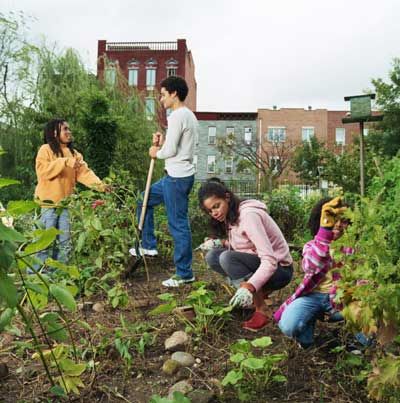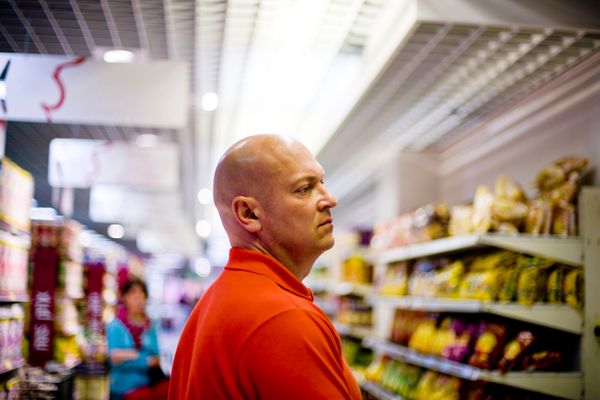
The United States still struggles to feed people healthy food, according to a new analysis by Reinvestment Fund, a non-profit organization.
The analysis of limited supermarket areas, or LSAs, shows that in most states, access to healthy food improved, even in states with significant population growth such as Florida and Arizona. The number of people who lived in LSAs is down 3.1 million from 2010 — that's a decrease of 6.8 percent in 2010 to 5.6 percent in 2016. But progress hasn't been consistent across the country.
Advertisement
Even though grocery stores aren't the only places to get fresh food — other retailers include drug stores, corner stores, and clubs like Costco and Sam's Club — health experts note that food prices at grocery stores are lower than at smaller stores. Large clubs typically require membership fees that may be a barrier for some families. And, when there are fewer grocery stores in a given area, food prices are typically higher.
Additionally, the analysis found that LSAs — often called food deserts — are disproportionately found in areas where people have low incomes, live in poverty or are people of color. For example, even though food access improved overall in Rhode Island — the number of people living in LSAs dropped 38 percent between 2010 and 2016 — 91 percent of Rhode Island's remaining LSA population is low-income residents.
The Reinvestment Fund analysis identifies LSAs by looking at criteria such as income, car ownership rates, and the distance to existing grocery stores, making adjustments for differences in rural and urban areas. Still, in LSAs, residents travel almost twice as far to get to grocery stores as residents in places with good access to healthy food, even when there is similar population density and car ownership.
Retailers typically place stores in areas where there's enough demand to sustain operations, such as a denser population with a higher income. Low-income or rural areas don't offer those characteristics to attract retailers without other incentives. In urban areas, retailers face barriers such as real estate costs, limited parking space for customers and even traffic issues, where it may be hard for large trucks to enter to make regular deliveries.
The LSA analysis by the Reinvestment Fund helps direct government assistance, through the government's Healthy Food Financing Initiative, to communities to help bring grocery stores and healthy food retailers to underserved communities. Some communities address food access through grassroots efforts such as mobile grocery stores, community gardens and farmers markets. And in the past eight to 10 years, drug stores such as Walgreens have made efforts to stock limited grocery items including milk, eggs and fruit, calling these efforts a "food oasis" to combat limited access in food deserts.
Access to healthy food is key for good health and quality of life. People who live in areas with poor access to healthy food are 55 percent less likely to have a good-quality diet that includes culturally appropriate food, according to a 2009 study from National Research Council on the Public Health Effects of Food Deserts. On the other hand, in communities with good access to healthy food, there is a reduced incidence of diabetes. Food access also impacts other health conditions, such as cardiovascular disease and even some types of cancer.
Advertisement

